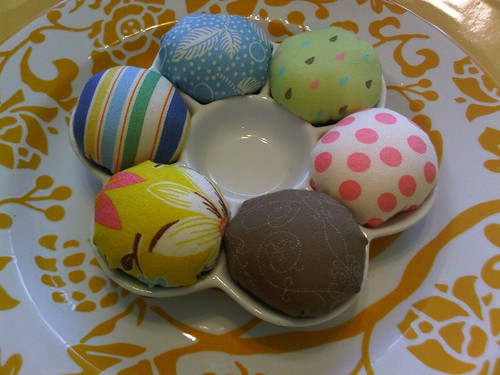This is not a normal blog post for me. It isn't about my dogs or my crafts; it's about my job and one of my passions. Therefore, I wanted to share some information about the educational aspect of what I do. I began school last July 2009 at SMU, and I am currently working at being an Academic Language Therapist. This assignment was written in APA format, but it didn't translate in blogger the way that I wanted. Every attempt was made to edit this paper correctly and give the proper people credit for their work. Please forgive. Thanks. Best Regards.
MSLE as a Research Based Curriculum
Andrea E. Rice
EDU 6231, Intro Course C
Instructor Janna Jones
June 30, 2010
MSLE as a Research Based Curriculum
The Multisensory Structured Language Educational approaches are dedicated to, systematic, direct teaching of the organization of language. Therefore, the following terms are synonymous with MSLE: simultaneous, multisensory, systematic, cumulative and diagnostic. However, there are two key factor in this direct instruction – direct teaching of all concepts with continuous interaction between teacher and student; and diagnostic teaching – the teacher must be adept at prescriptive or individualized teaching (Class handout, Summer 2009, EDU 6330)
MSLE is designed to be taught one hour a day five days a week. This is very important because of the necessity and benefit of the daily practice and review. The hour is divided into sections by schedule. A typical schedule of learning looks like this: For several weeks History of Language is taught. It is followed by alphabet practice, which mainly focuses on sequence and providing a tactile experience with three dimensional letters. Once finished, the learner moves on to the Reading Decks, which are divided into two sections, naming the letter and naming the keyword and sound. Once these concepts are reviewed, the learner moves to the Spelling Deck activity which includes the student echoing the teacher’s sound, names the letter made by that sound and then writes the letter. The New Introduction is the ‘discovery’ portion of the lesson, where the student is presented new learning based on previous knowledge and is guided toward ‘discovering’ the new situation and typically this is an auditory experience. Handwriting practice then follows the new discovery part of lesson where the student names the letters and tells the hand what to do. Continuing the schedule of lessons and moving from handwriting practice, the student begins Spelling which consists of the teacher's dictating the word and the student spelling the word orally. Then on to Verbal Expression which involves the student's practicing verbal communication within appropriate contextual situations and this strategy usually consists of role-playing. Wrapping up the learning part of the schedule is called Review; it is just that review of the new learning introduced in the new concept introduction during the auditory discovery section of the lesson. Lastly, the Listening part of the lesson is for the student to continue their educational learning when they are not secure in reading independently. This allows the student to continue working on their listening comprehension and their verbal communication. Amazingly, all of these components make up a successful multisensory structured language education program (Cox, 1992).
Clearly, research will lead the way and demonstrate the need for this teaching technique to be used in all educational settings. However, while the research to find the benefits of multisensory structured language education is still being collected and evaluated, I offer one small example of a success story based on my own teaching experience. I began working with a student on November 2, 2009, and we have worked for four hours per week since. The week of April 19-23 of 2010 the eighth graders got their reading TAKs scores back. My student increased his confidence and reading ability, but had yet to see results for himself in a way that meant something to him. The result of his state reading achievement score, Texas Assessment of Knowledge and Skills-TAKs was that he had missed only three questions and, therefore, was commended for the first time in his life on the state reading test. He now understands the importance of this therapy, and he is excited to learn more. Another impressive part about the therapy is that his processing and response time has increased. This is due to the multisensory teaching techniques and the daily review of key concepts such as key word and sound, spelling response practice, alphabet practice, and practice of the rules and concepts of our language structure. New material requires practice and review to move the information from short term memory to long term memory so the student can develop mastery of new concepts. In other words, the gradual building of the foundational education that every child truly deserves must include multisensory language instruction. Seeing results firsthand of this incredible system of teaching proves that it absolutely works.
References
Birsh, J.R. (2006). What is Multisensory structured language. Perspectives, 32(4), 15-20
Birsh, J. R. (Ed.). (2005). Multisensory teaching of basic language skills. Baltimore, MD: Paul H. Brookes Publishing Co.
Cox, A.R. (1992). Foundations for literacy. Cambridge, MA: Educators Publishing Service, Inc.
Class handout from EDU 6330, Summer 2009 Orton-Gillingham-based Multisensory structured language approaches, Information adapted from “Clinical Studies of Multisensory Structured Language Education for Students with Dyslexia and Disorders: International Multisensory Structured Language Education Council (IMSLEC)




